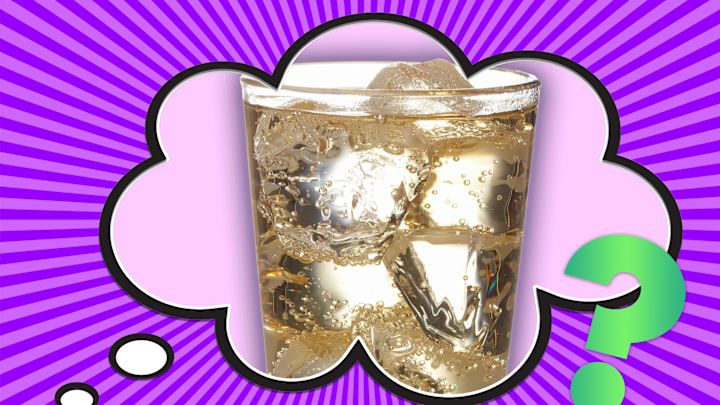There is no shortage of drinks and dishes with misleading names. Welsh rabbit is melted cheese on toasted bread, served with Worcestershire sauce and mustard, a dish in which no long-eared creatures are harmed. Bombay duck is a species of lizardfish, not a bird; prairie oysters are deep fried bull testicles, and you would be hard-pressed to find a bar that serves Long Island iced tea with actual tea in it.
The same goes for cream soda, which contains zero actual cream. The soft drink tends to be prepared using the same non-dairy ingredients: carbonated water, natural or artificial sweeteners, and some form of vanilla flavoring. There are a few regional variations, like Crush Cream Soda, a pink bubble gum-flavored brand in Canada, and Bickford’s Creamy Soda from Australia has notes of raspberry.
Nor was cream part of cream soda’s ingredient list in the past, the way cocaine used to be a part of Coca-Cola. Two of the earliest published recipes, uncovered by writer Dan Nosowitz in Bon Appétit, leave no room for cream. Michigan Farmer magazine’s recipe from 1852 calls for only water, cream of tartar, Epsom salts, sugar, tartaric acid, milk, and egg.
One possibility, then, is that cream soda derives its name from cream of tartar, an acidic powder that can be used to stabilize whipped egg whites and stave off crystallization of sugar syrups.
“That Real Smooth Finish”
Alternatively, cream soda may owe its name to another longtime ingredient, vanilla. Originally a luxury essence produced by orchids, its rich flavor profile became widely available following the invention of synthetic vanillin in the 1930s. Vanillin, in turn, became a staple flavoring in cream soda brands around the world.
The result is a soda with a distinctly smooth and sweet finish, one connoisseur told Nosowitz: “They all have a cream finish on them, no matter what the flavor profile is. You can get a raspberry or a bubble gum or whatever it is, but it just has that real smooth finish on it. You know it when you taste it.”
That creamy mouthfeel isn’t a just a result of food science. It’s also due to human physiology. Our brains and taste buds associate vanilla flavor with creaminess, and this association is so strong that, in one study, adding a little bit of vanilla to low-fat milk greatly altered participants’ perception of its cream content. Cream soda, whether colored bubble-gum pink or golden brown, taps into this same sensory shortcut.
Find More Answers to Big Questions About Food:
